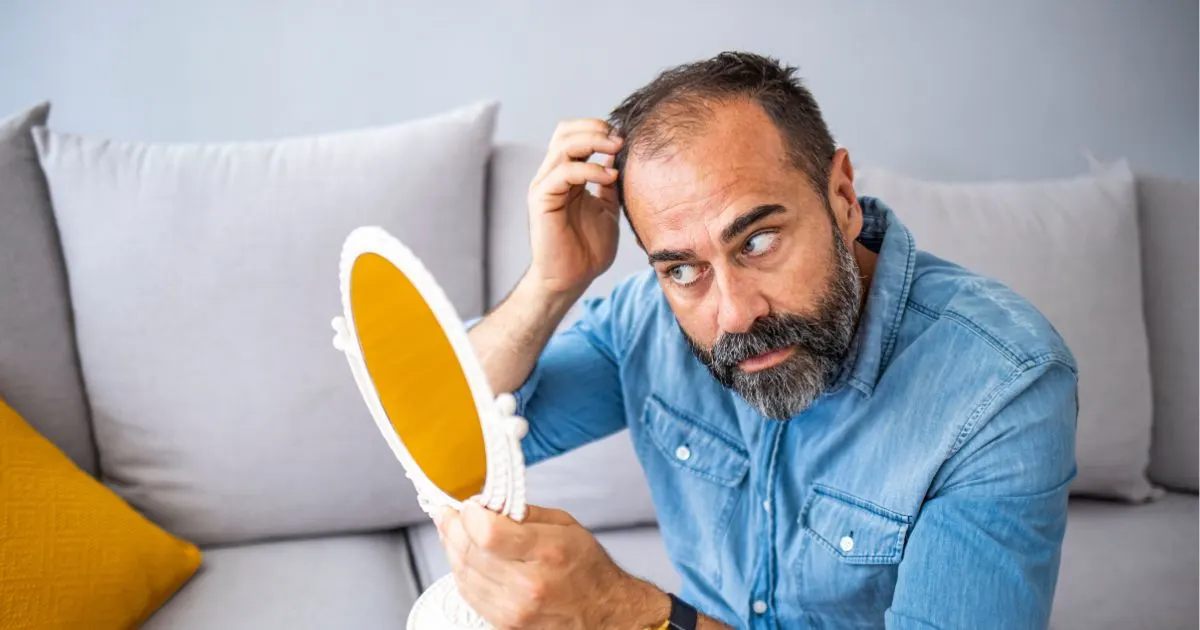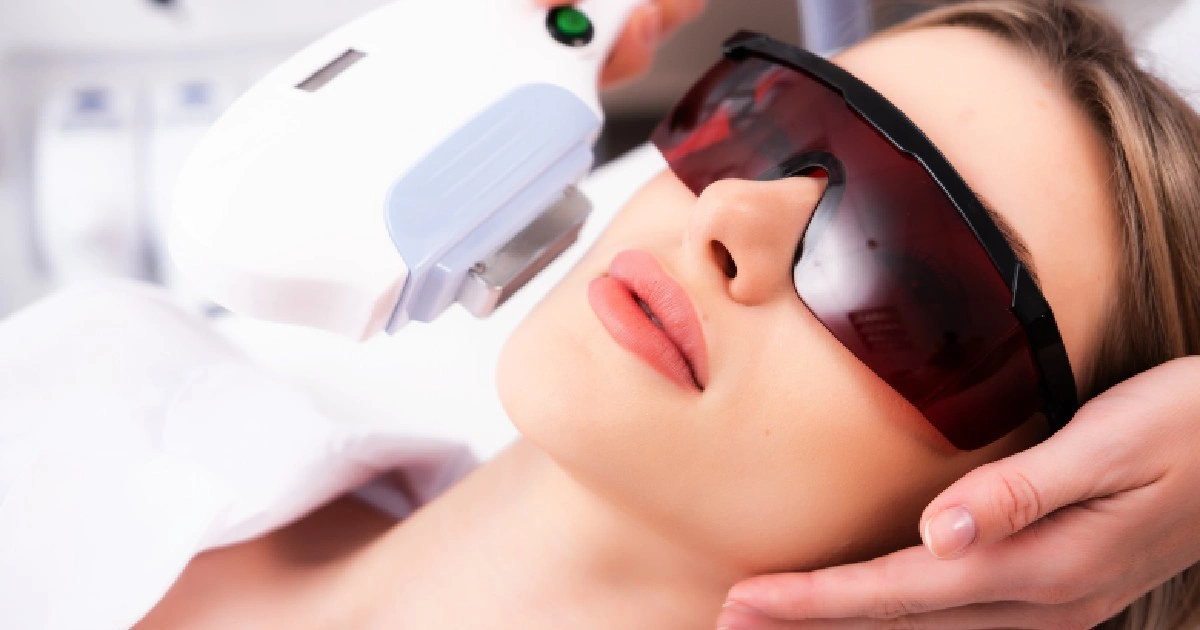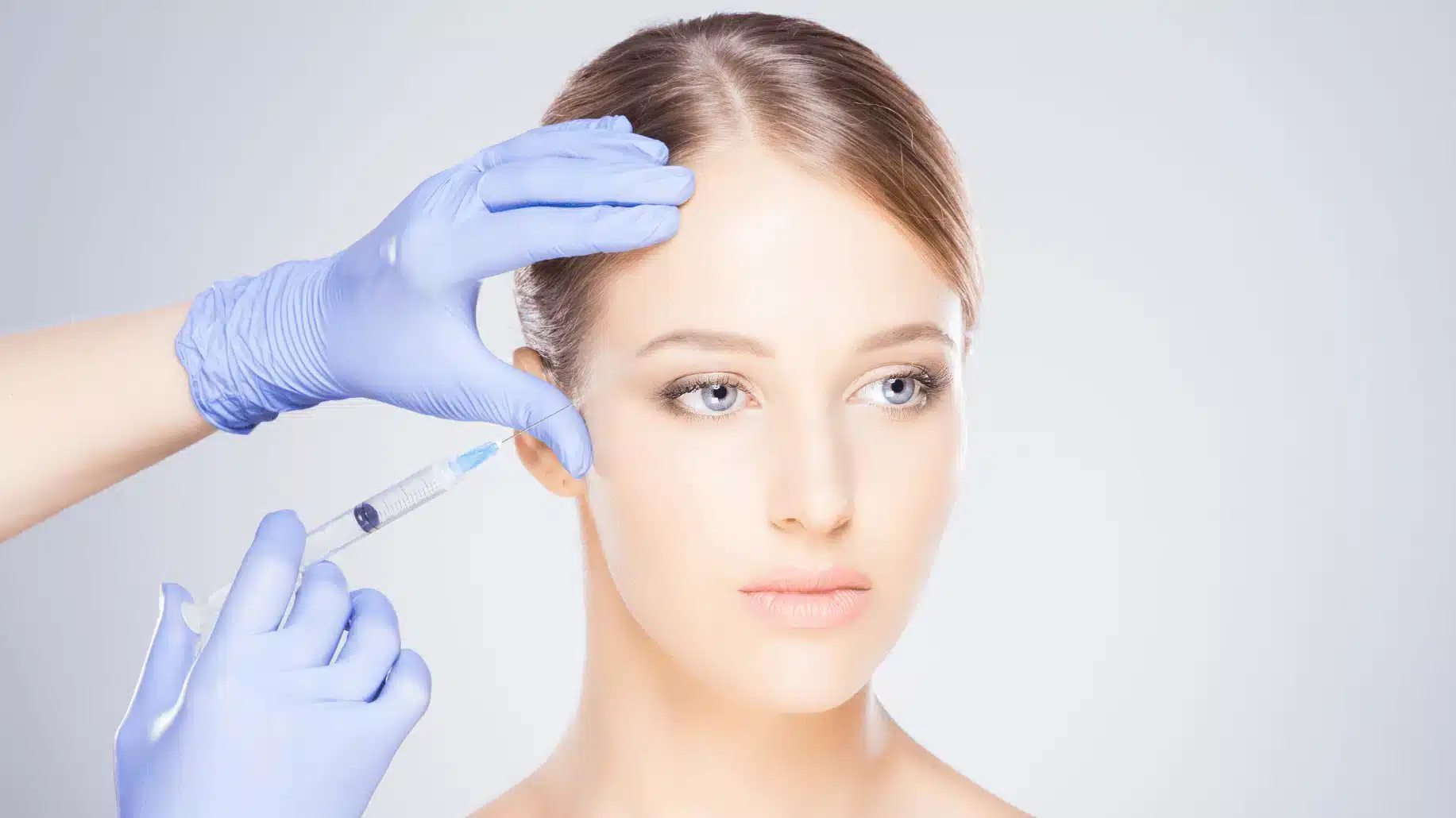

Finding a few strands of hair on your brush or pillow is normal, but noticing thinning patches or a receding hairline can be concerning. While hair loss affects both men and women, it can begin earlier than expected. Many people try over-the-counter products or home remedies, but these usually offer temporary results. That’s why professional hair restoration has become one of the most trusted and effective approaches to regaining natural growth and confidence.
At Avanti Medical Center in Lehi, UT, advanced hair restoration treatments like PRP Therapy stimulate your body’s natural healing response to improve density and promote thicker, healthier hair. But before understanding how these treatments work, it’s important to explore what causes hair loss in the first place.
Numerous factors, many of which are interrelated, can cause hair loss. The first step in finding an effective solution is to identify the cause of thinning hair.
The most common cause of hair loss is genetics. Known as male or female pattern baldness, this condition happens when hair follicles shrink over time, resulting in thinner strands until hair growth ceases. While genetics can’t be changed, treatments like non-surgical hair restoration can help counteract the effects by reactivating dormant follicles.
Hair growth is significantly influenced by hormones. Hair thinning can occur in women during menopause, pregnancy, or after stopping birth control. When testosterone is converted to dihydrotestosterone (DHT), a hormone that weakens hair follicles, men may experience increased hair loss. Balancing hormones through medical treatments and addressing DHT-related issues can make a noticeable difference.
Emotional stress, lack of sleep, and poor nutrition can trigger telogen effluvium, a temporary form of hair loss caused by the body’s stress response. When the body redirects resources to essential systems, hair growth slows or stops altogether. The good news is that lifestyle factors combined with restorative treatments can help the hair return to a healthy growth cycle.
Hair is made primarily of protein, and deficiencies in nutrients like iron, zinc, and vitamins B12 and D can weaken strands. A balanced diet supports hair structure, but when deficiencies are more severe, medical evaluation and supplementation may be necessary to restore hair health.
Autoimmune diseases like alopecia areata, thyroid disorders, or certain medications (including chemotherapy drugs and antidepressants) can lead to noticeable thinning or bald patches. Consulting a medical professional ensures proper diagnosis and the right approach for hair restoration treatments.
Strong hair begins with a healthy scalp. When seborrheic dermatitis or excessive buildup from styling products blocks follicles, oxygen and nutrients cannot flow through. Medications that stimulate circulation and gentle scalp exfoliation can restore optimal hair growth conditions.
Many people turn to quick fixes like sprays, concealers, or extensions to hide thinning areas. While these can offer short-term coverage, they do nothing to promote new hair growth. Over time, some of these methods can even cause more damage, especially tight hairstyles or harsh adhesives that strain the follicles.
That’s where professional hair restoration offers a more sustainable solution. By addressing the underlying causes, medical treatments improve the health of your scalp and follicles, helping your hair grow naturally without the constant upkeep or risk of damage.
At Avanti Medical Center, hair restoration is not a one-size-fits-all approach. Every patient’s treatment plan is customized based on their unique condition, loss pattern, and goals. One of the most popular and effective options offered is Platelet-Rich Plasma (PRP) Therapy.
PRP therapy uses your body’s natural growth factors to encourage stronger, healthier hair. Here’s how it works:
A small amount of your blood is drawn and centrifuged to separate the platelet-rich plasma. This plasma, which is rich in healing components, is then injected directly into the scalp. Once applied, it stimulates dormant follicles, enhances blood flow, and promotes the regeneration of healthy hair strands.
Patients often notice gradual improvement in thickness and fullness over several months, with results continuing to improve. Because it uses your body’s own biological material, PRP is considered a safe and non-surgical hair restoration method with minimal downtime.
In some cases, PRP can be combined with other therapies, such as nutritional optimization, low-level laser therapy, or topical growth factors, for more comprehensive results. By supporting the scalp’s environment and stimulating follicle activity, these treatments can significantly extend the benefits of hair restoration.
While the visible results of hair restoration treatments are often the main attraction, the emotional and psychological benefits are equally impactful. Thicker hair can restore not just your appearance, but your self-assurance and sense of control.
Hair often plays a big role in self-image. Restoring it can make people feel more like themselves again—especially when hair loss has affected their confidence in social or professional settings.
Unlike older methods that produced artificial results, today’s techniques, like PRP, focus on stimulating natural regrowth. The outcome is fuller hair that blends seamlessly with your existing texture and density.
Because non-surgical hair restoration treatments like PRP are minimally invasive, patients can return to their routine almost immediately. The results develop gradually, offering subtle, natural enhancement that improves with consistency.
At Avanti Medical Center, every treatment is carefully planned and monitored by experienced professionals. Follow-up evaluations help track progress and fine-tune the treatment plan for optimal results.
Beginning your hair restoration in Lehi, UT, is a simple process designed to help you feel informed and confident. The first step is a consultation, during which the provider examines your scalp, reviews your medical history, and discusses your hair goals. This evaluation helps determine whether PRP or another treatment would be most effective for your specific type of hair loss.
During treatment sessions, patients can expect mild sensations from the injections, but discomfort is minimal and temporary. Results typically become noticeable after several months as new growth emerges and existing strands become thicker and stronger. Consistent follow-up visits ensure the hair continues to thrive, providing lasting, natural-looking results.
If you’ve been dealing with persistent thinning or shedding, it’s time to take a proactive step toward lasting improvement. With advanced hair restoration treatments at Avanti Medical Center, you can improve density, strengthen existing hair, and restore your confidence in your appearance.
Regain your self-esteem with thicker, fuller hair – Schedule a consultation today.
Avanti Medical Center offers safe, effective, and non-surgical hair restoration options for both men and women in Lehi, UT. Our team combines medical expertise with compassionate care to deliver natural results that help you look and feel your best.
To learn more about hair restoration in Lehi, UT, contact us to schedule your personalized consultation today.









